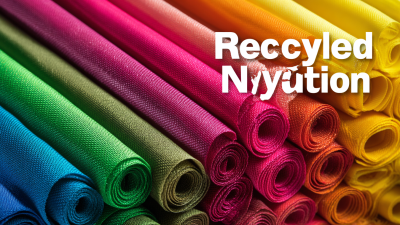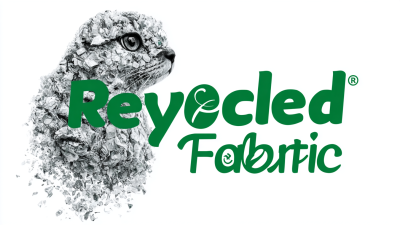The textile industry is undergoing a significant transformation as sustainability takes center stage, particularly through the adoption of innovative materials such as Rpet Fabric. This recycled polyester fabric, made from post-consumer plastic bottles, not only addresses the growing concern of plastic waste but also offers a reduced environmental footprint compared to traditional textiles. According to a report by the Textile Exchange, the use of recycled polyester can lead to a 50% reduction in greenhouse gas emissions compared to virgin polyester production. Furthermore, the global market for recycled textiles is projected to reach $9 billion by 2025, highlighting a substantial shift towards eco-friendly practices. By exploring the environmental benefits of Rpet Fabric, we can envision a sustainable future for textiles that aligns with both consumer demand for responsible products and the industry's commitment to reducing its ecological impact.
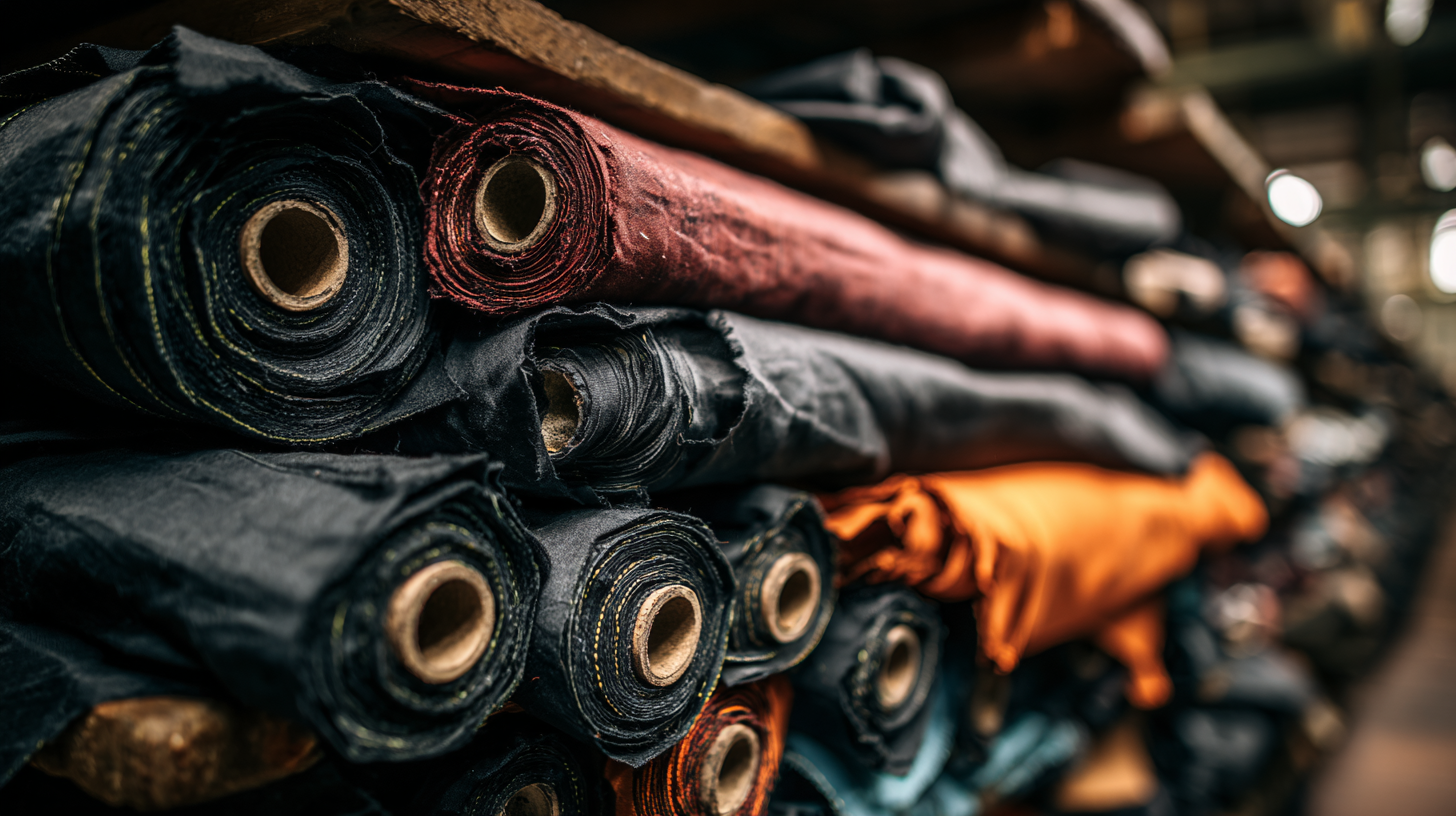
Rpet fabric, derived from recycled PET plastic bottles, represents a significant innovation in the textile industry. The manufacturing process involves collecting used PET bottles, cleaning, and then breaking them down into small flakes. These flakes are then melted and spun into fibers, which can be woven into fabric. According to the Global Fashion Agenda, utilizing Rpet can reduce energy consumption by up to 50% compared to virgin polyester production, highlighting its potential in decreasing the overall environmental footprint of textiles.
One of the key aspects of Rpet fabric is its composition. Typically, Rpet is made from at least 50% recycled content, which not only conserves resources but also reduces landfill waste. The Textile Exchange report indicates that the recycling of plastic bottles into Rpet fabric can save approximately 50% of CO2 emissions compared to traditional polyester. This eco-friendly alternative aligns with the growing consumer demand for sustainable products in the fashion industry.
Tips: When shopping for Rpet textiles, look for certifications such as the Global Recycled Standard (GRS) or Recycled Claim Standard (RCS) to ensure the integrity of the sustainable claim. Additionally, choosing Rpet fabric for clothing and home textiles not only supports sustainable practices but also promotes a circular economy by transforming waste into new, high-quality products.
| Dimension | Details |
|---|---|
| Material Composition | Recycled PET (rPET) derived from post-consumer plastic bottles |
| Manufacturing Process | Collection, cleaning, shredding, melting, and extruding into fibers |
| Environmental Impact | Reduces landfill waste, cuts down on virgin plastic production |
| Water Usage | Lower water footprint compared to conventional cotton or virgin polyester |
| Carbon Footprint | Significantly lower greenhouse gas emissions during production |
| Durability | High resilience and longevity in textile applications |
| Benefits for Brands | Improves brand image and loyalty among environmentally conscious consumers |
| Applications | Used in apparel, home textiles, and technical fabrics |
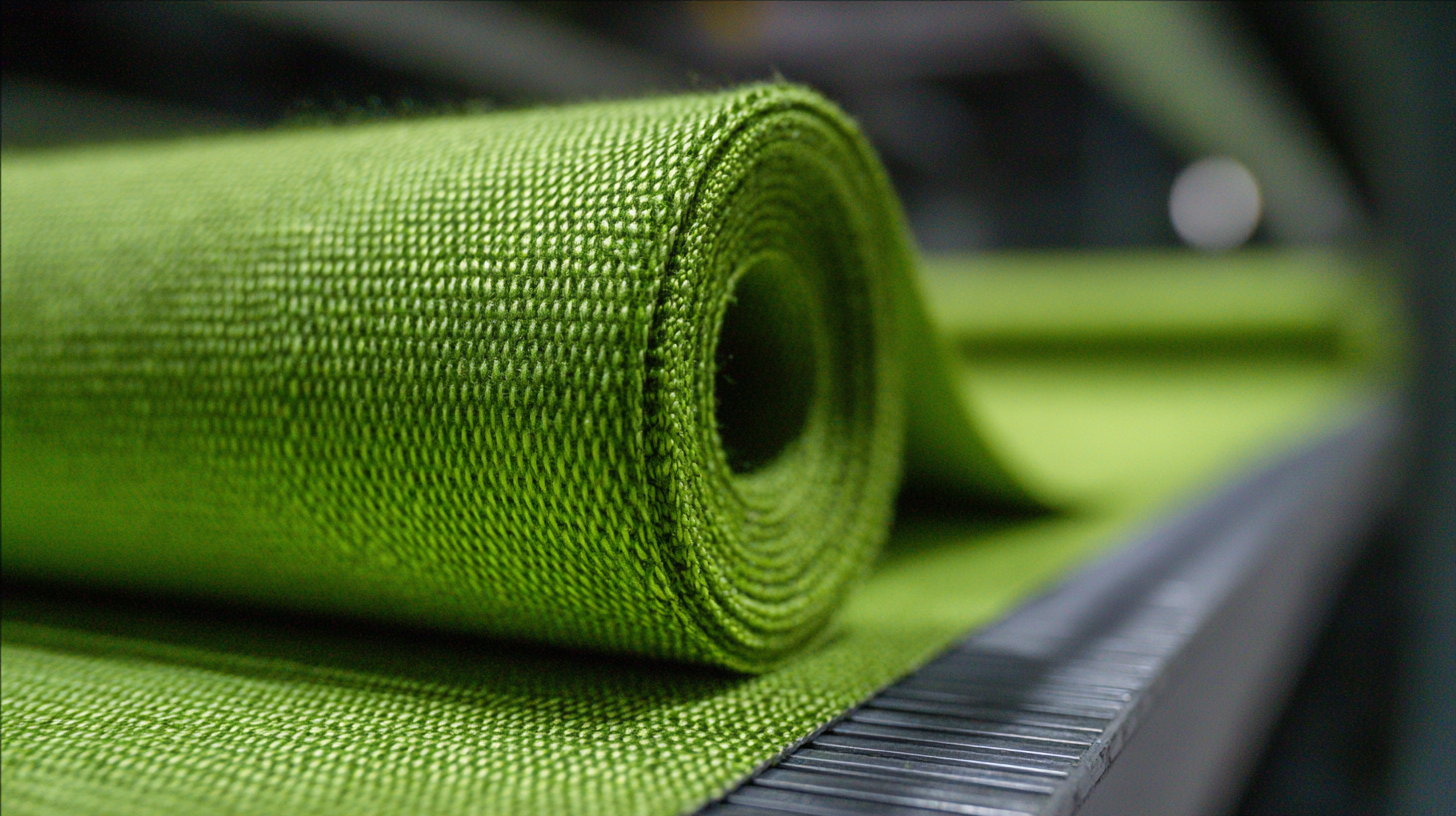 The textile industry is one of the leading contributors to environmental degradation, producing about 1.2 billion tonnes of greenhouse gases annually, as reported by the United Nations Environment Programme (UNEP). Traditional fabrics, often derived from virgin materials like cotton and polyester, require extensive resources. For instance, cotton production consumes around 7,000 liters of water per kilogram of fiber. This excessive reliance on water not only depletes local resources but also leads to detrimental effects on ecosystems and biodiversity.
The textile industry is one of the leading contributors to environmental degradation, producing about 1.2 billion tonnes of greenhouse gases annually, as reported by the United Nations Environment Programme (UNEP). Traditional fabrics, often derived from virgin materials like cotton and polyester, require extensive resources. For instance, cotton production consumes around 7,000 liters of water per kilogram of fiber. This excessive reliance on water not only depletes local resources but also leads to detrimental effects on ecosystems and biodiversity.
In contrast, Recycled Polyethylene Terephthalate (Rpet) fabric presents a compelling alternative. Manufactured from post-consumer plastics, Rpet reduces dependency on virgin petroleum-based materials, contributing to a reduction in CO2 emissions by up to 79% compared to conventional polyester, according to the Textile Exchange. Additionally, using Rpet fabric significantly lessens water consumption and energy usage in production processes, showcasing its potential to mitigate the environmental challenges faced by the textile sector. Transitioning to Rpet fabric not only supports waste reduction but also embodies a crucial step forward towards a more sustainable fashion industry.
The lifecycle assessment (LCA) of recycled polyethylene terephthalate (rPET) fabric reveals significant environmental advantages compared to traditional textile production methods. The journey begins with the collection of post-consumer plastic bottles, which are then processed into rPET pellets. This recycling process consumes considerably less energy and water than producing virgin polyester. By utilizing existing materials, rPET not only reduces the demand for crude oil – a primary source of virgin polyester – but also minimizes plastic waste that would otherwise contribute to environmental pollution.
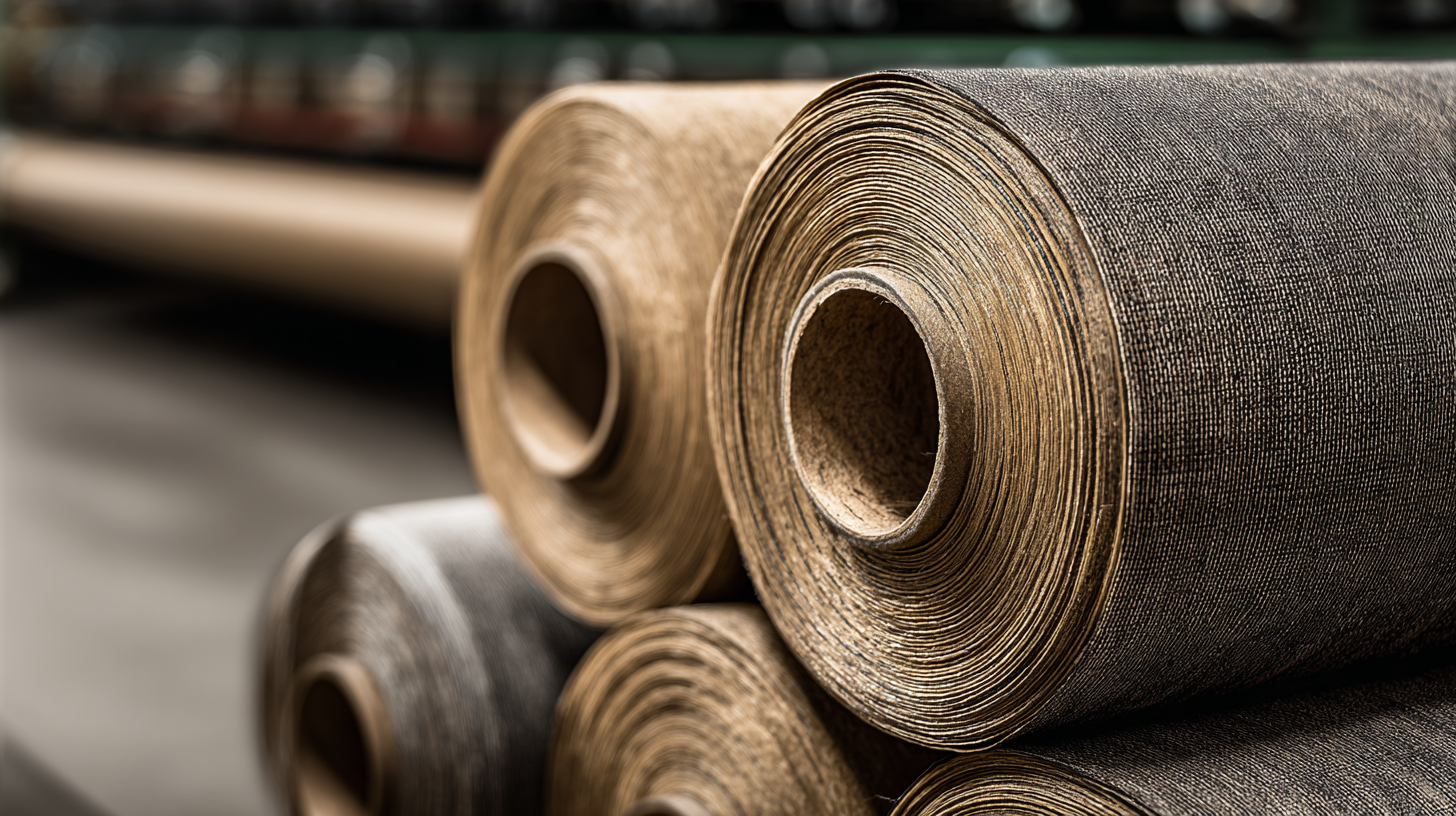
As rPET fabric moves through its lifecycle, including production, usage, and disposal, it consistently demonstrates lower carbon emissions. The manufacturing phase benefits from reduced greenhouse gas outputs, while the durability and strength of rPET contribute to a longer lifespan of textiles, further diminishing the need for frequent replacements. At the end of its life, rPET can either be recycled again or safely disposed of, ensuring that the environmental footprint remains minimal.
This lifecycle assessment illustrates the sustainable potential of rPET, offering a pathway toward a more eco-friendly textile industry.
As the fashion industry grapples with its environmental footprint, the adoption of recycled polyethylene terephthalate (rPET) fabric is gaining traction among both brands and consumers. A recent report from the Textile Exchange noted that recycled polyester represented about 32% of the total global polyester production in 2021, showcasing a growing awareness of sustainable materials. Consumers are increasingly influenced by **eco-friendly practices**; a 2022 survey indicated that 66% of global consumers are willing to pay more for sustainable brands, highlighting a shift in purchasing behavior driven by environmental consciousness.
Moreover, as brands introduce more rPET fabric into their collections, consumer education plays a crucial role in this transition. The Global Fashion Agenda reported that 75% of consumers are unaware of the benefits of polyester recycling. This knowledge gap presents an opportunity for brands to engage and inform their audiences about rPET’s positive impact—such as reducing plastic waste and decreasing the need for virgin materials, which can save up to 59% in oil and gas compared to conventional production methods. By leveraging marketing strategies that emphasize sustainability, brands can foster greater consumer participation and drive a more sustainable future for textiles.
As the textile industry evolves, the spotlight is increasingly on sustainable practices that minimize environmental impact. Innovations in Rpet fabric—made from recycled PET bottles—are paving the way for eco-friendly textile production. This transition reflects a growing awareness of the need to reduce waste and conserve resources, setting the stage for exciting future trends in sustainability.
Tips for adopting Rpet fabric in your wardrobe include looking for brands that prioritize sustainable sourcing and transparency about their materials. Additionally, consider the longevity of products and support companies that offer recycling programs. As consumers advocate for sustainable options, we can expect more innovative techniques in dyeing and finishing processes that further reduce water and chemical usage.
Moreover, advancements in technology are enhancing the potential of Rpet fabrics. From improved weaving techniques that enhance durability to the integration of smart fabrics that promote energy efficiency, the future promises a plethora of eco-conscious options. Embracing these trends not only supports environmental stewardship but also fosters a vibrant, responsible textile industry ready to meet the demands of the modern world.
This chart illustrates the environmental benefits of using RPET fabric, showcasing significant savings in water, energy, and reductions in carbon emissions and waste. These factors highlight the potential of RPET as a sustainable alternative in textile production.




